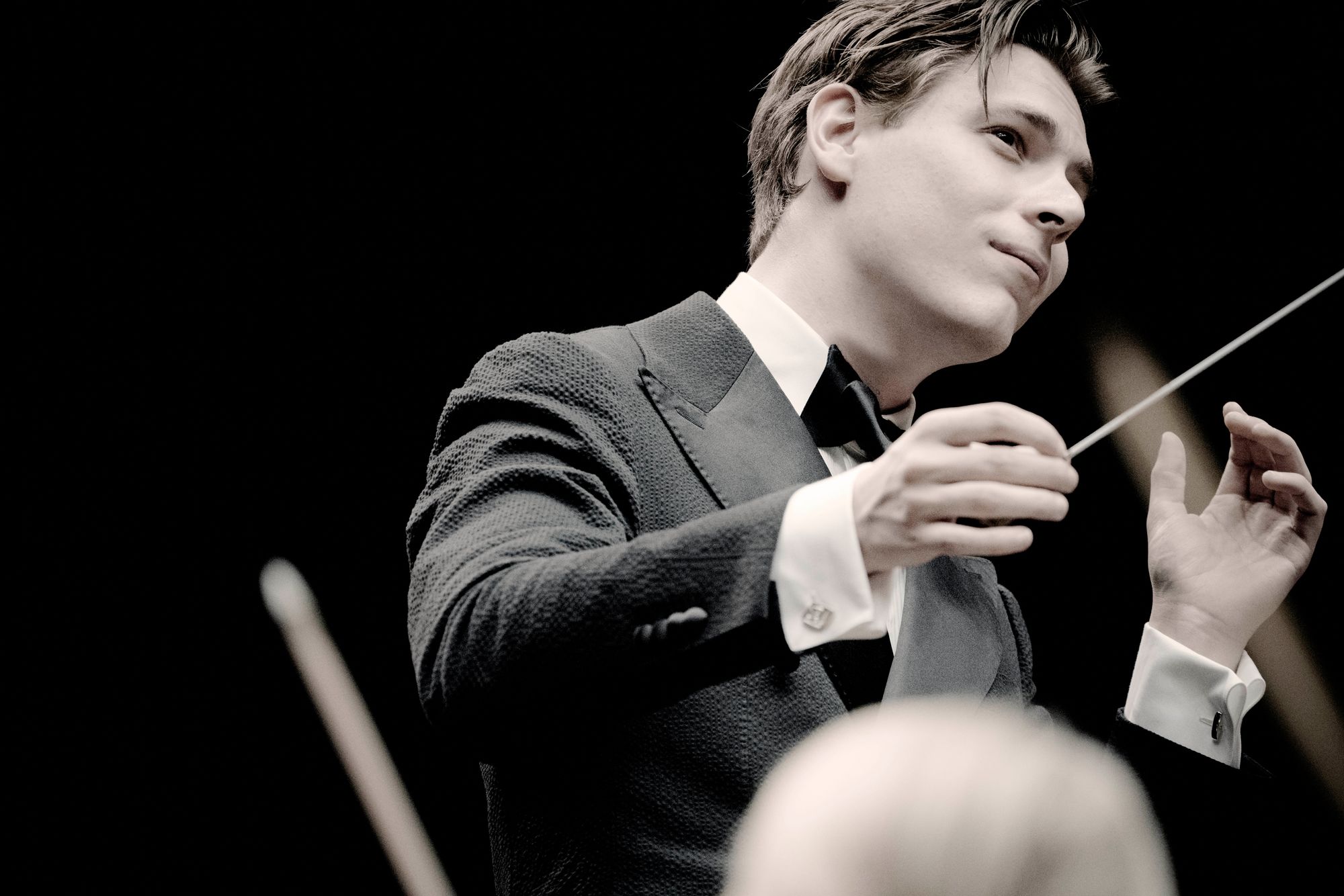Klaus Mäkelä conducts Stravinsky
This is a compelling disc, brilliantly realised

“
This is a compelling disc. The cover doesn’t quite make it clear that the Firebird we hear is the complete ballet (although the back cover complete timing of the disc helps - it comes in at 83"21!).
Klaus Mäkelä is Chief Conductor of the Oslo Philharmonic Orchestra, Music Director of Orchestre de Paris and, since Autumn 2022, Artistic Partner of the Concertgebouworkest. An exclusive Decca Classics Artist, he has recorded the complete Sibelius Symphony cycle with the Oslo Philharmonic as his first project for the label: you can read Classical Explorer’s post on that set here.
Often, performances of Stravinsky’s seminal Le sacre du printemps (The rite of Spring) can be categorised in an overall sense - primal, balletic and so on. We can think of classic accounts by Bernstein as a source of powerhouse, primal energy, of Abbado as white-hot but with a spriti of the theatre, for example. Not so Mäkelä, who morphs from exquisite detail to truly awe-inspiring walls of sound, to the world of the dance to unsettling bitonality. It is as if all elements of the piece are being revealed in their true glory.
Try playing the Introduction and the “Les augures printaniers” (Auguries of Spring) one after the other ... notice the detail of the first track, and the way Mäkelä understands Stravinsky’s layering techniques perfectly. Or perhaps the truly awesome, rutualistic nature of the “Rondes printanières” (and its explosion into dissonant grandeur; for once, while the brass glissandos make their effect fully). It is that ongoing procesisonal that holds the attention -no womder Birtwistle admired Stravinsky so much!
Hearing how Stravinsky uses bitnality (having two things going on at one, but in different keys) in the “Jeux des cités rivales” later in that movement (after an opening absulutely suffused with the spirit of the dance) shows just how clearly Mäkelä hears the processes.
Rhythm is, of course, vital in all Stravinsky, and particularly in this piece. Listen to the sheer verve of the “Glorification de l’élue” (the Glorification of the Chosen One from Part II), as colourful as they come, Mäkelä’s understanding of Stravinskian gesture almost unparalleled. We hear how fractured rhythm too, plays its part after the opening patient tread of the penultiame section, “Action rituelle des ancêtres,” the music explodes into a Cubist distortion of a dance before the final, spectacularly exhasuting “Danse sacrale”.
All of this, underpineed by spectacular Decca sound from the Philharmonie de Paris, enables this account to stand out in an incredibly competetive field

Recently in London, we heard the complete Firebird at the Barbican with the London Symphony Orchestra under the massively talented Rafael Payare (review). Mäkelä is up there with Payare in the sheer excellence of his reading. In the contextof the Decca disc, it is clear Mäkelä understands that the Rite and Firebird are of two different Worlds - that while he Rite points forwards, Firebird is highly indebted to Stravinsky's teacher, Rimsky-Korsakov, in its use of orchestrational colour and, indeed, harmonic language (not to mention its links to Russian folk melodies)
The complete Firebird is both joy and revelation. Listen to the first two tracks to hear how the familiar (from the ever-popular Suite) morphs into a whole world of revelation, the Introduction into the first part of the first Tableau, “Le jardin encnanté de Katschei” (Katschei’s enchanted garden). The Parisian orchestra boasts some stunning instrumentalists: the horn solo in the “Brusque apparition soudaine d’Ivan Tsarevich” (The sudden appearance of Ivan Tsarevich) is glorious, leading into the far more familiar “Ronde - Khorovod - des Princesses,” delivered so tenderly here. A special mention for the bassoon solo in the “Berceuse,” also.
The finale is ultra-grand, and makes all the more sense (and has its sense of grandur heightened immesurably) by coming at the end of the entire score.
This is a compelling disc, brilliantly realised - more recordings from the Orchestre de Paris and Mäkelä will certainly be welcomed with open arms.
